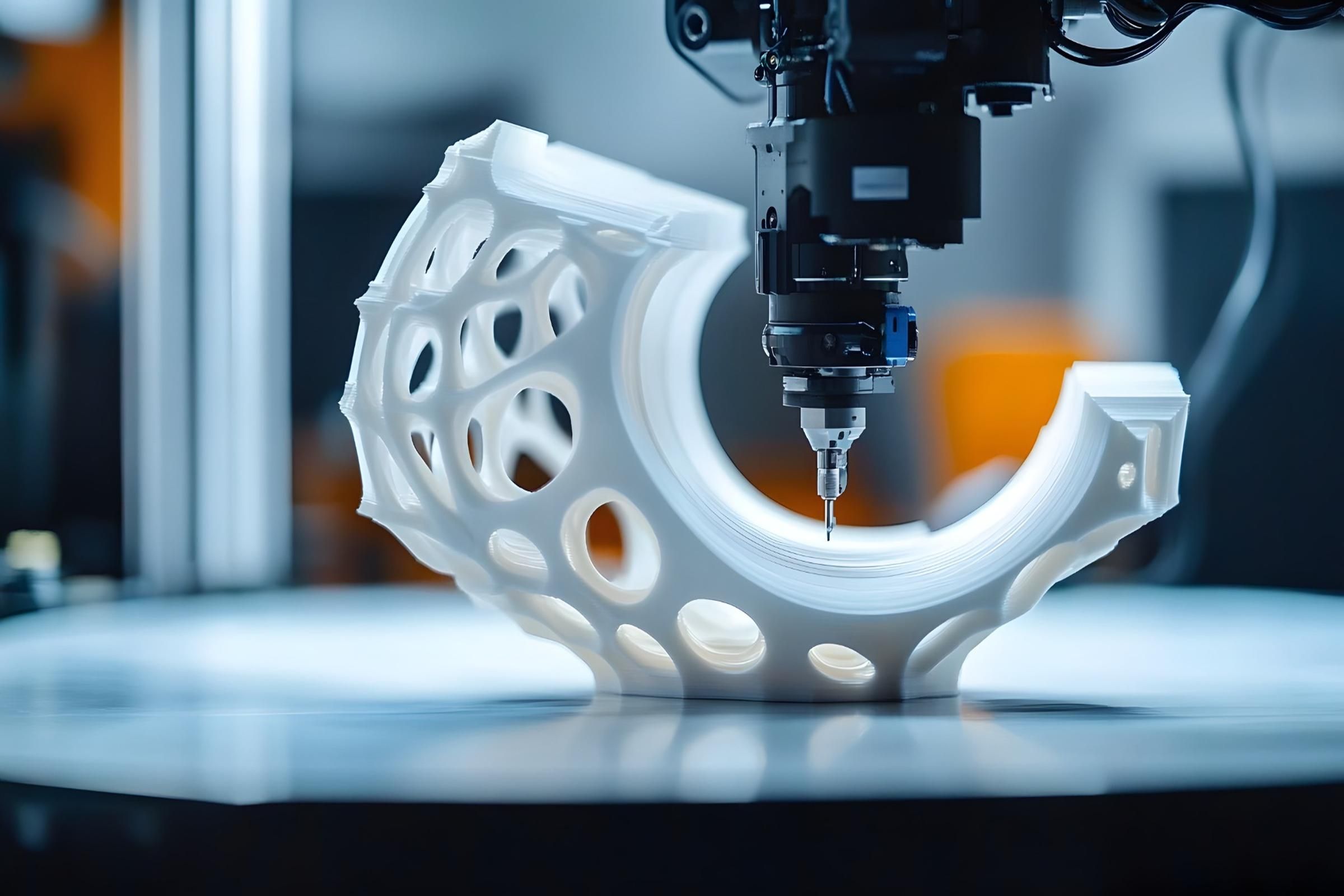Industry Insights
AI's Reality Check: Why So Few Prototypes Make It to Production

Creating a working AI prototype is a fraction of the effort of what it takes to deploy full-scale production.
The accessibility of foundational models like large language models (LLMs) has opened a new world of possibilities for building innovative AI applications for any imaginable use case.
We can now create highly polished, seemingly advanced prototypes of AI-powered experiences, like a customer support agent or virtual shopping assistant, with astonishing speed. The latest AI tools let users type a simple description of what they want to build, and a gorgeous working prototype is produced almost instantly. This rapid creative exploration is powerful and is fueling excitement about the potential of AI across industries.
But this ease of prototyping masks a persistent, challenging truth: the journey from that exciting initial demo to a robust, scaled AI system delivering real business impact remains arduous. The "prototype to production" gap hasn't shrunk nearly as fast as the "idea to prototype" timeline.Unfortunately, many promising AI projects stall or fail when faced with real-world operational complexities like integrating with legacy systems or business processes.
Why the disconnect? Production isn't a clean sandbox; it's the messy, demanding reality of enterprise operations. Prototypes often sidestep the toughest challenges that become roadblocks at scale:
- Real-World Data: Significant engineering is required to move beyond curated datasets for model training to handling high-volume, noisy, potentially biased, and privacy-sensitive real-world data.
- Deep Integration: Embedding AI meaningfully into legacy systems, intricate workflows, and strict security protocols is far more complex than making a simple API call. It demands deep technical understanding and effort.
- Scalability & Reliability: Production systems need resilient, scalable infrastructure capable of handling peak loads reliably and cost-effectively, along with robust error handling and consistent performance that prototypes rarely address. In our hospital system example, they would need to anticipate and test its infrastructure based on new computing requirements imposed by the AI, anticipated potential errors and error rates, and have trained staff to handle them.
- User Trust & Experience: Beyond model accuracy, production AI must be intuitive and reliable, handling edge cases gracefully, and earning user trust, especially in critical applications like customer service, finance, or healthcare.
- No Deploy and Forget: AI isn't "deploy and forget." Continuous monitoring, performance tracking, retraining, and application lifecycle management are essential but often underestimated needs. They are almost never considered in a prototype.
This reality is sometimes obscured by market hype. Vendors, both new and established, may emphasize the dazzling potential demonstrated in prototypes while downplaying the significant engineering and integration effort required for production success. Mistaking a compelling prototype for a production-ready solution is why many AI initiatives fail.
Bridging this gap requires a fundamental shift in mindset – from focusing solely on the AI model's capabilities to embracing the discipline of production engineering. Success demands designing for scale, integration, and maintenance from the outset. It means realistically planning and budgeting for the complexities of data handling, system integration, and ongoing management. It requires choosing technology partners who understand these enterprise realities and have proven experience deploying complex systems at scale.
The creative ideation of AI prototypes made possible by LLMs is incredibly powerful. Still, even the most sophisticated prototype is not a magic wand that will eliminate the hard work of building and scaling real-world applications. The true impact of AI will be realized by those who respect the complexities of production, apply rigorous engineering discipline, and focus on navigating the entire journey, not just celebrating the exciting first step.





